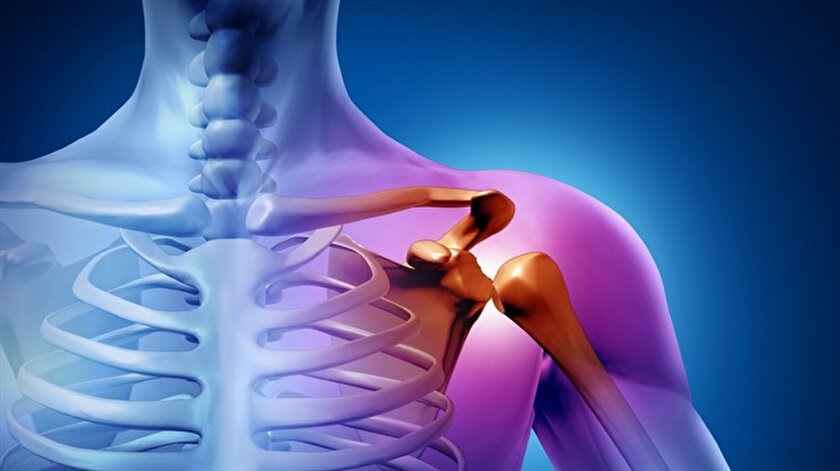Pelvic Floor Training for Constipation
Pelvic floor physiotherapy is used to treat constipation in order to ensure that the pelvic floor muscles work properly and facilitate the defecation process. This approach improves the function of the pelvic floor with muscle awareness and relaxation training, correct toilet position, breathing exercises and behavioral training. As part of a multidisciplinary approach, pelvic floor training helps to reduce the negative effects of constipation.

Constipation and Pelvic Floor Therapy
Constipation can lead to strain on the pelvic floor muscles, negatively affecting both bowel and bladder functions. Pelvic floor physiotherapy plays a crucial role in constipation treatment by ensuring the proper functioning of pelvic floor muscles and facilitating bowel movements. This approach aims to help individuals use their pelvic floor muscles effectively and correctly.
What is Constipation?
Constipation is characterized by a sense of abnormal bowel function, reduced frequency of bowel movements, discomfort in the lower abdomen, tension, and bloating. Patients may experience straining during bowel movements, hard/lumpy stools, incomplete evacuation, and prolonged time spent on the toilet. According to the American Gastroenterological Association, constipation criteria are assessed if these symptoms have persisted for at least three months.
What Causes Constipation?
Constipation can occur due to lifestyle and various factors, including age (especially 55 and older), pregnancy, physical inactivity, insufficient water intake, a low-fiber diet, toilet habits, unbalanced diets, certain medical conditions (such as MS, Alzheimer’s, diabetes, hypertension, herniated discs), medication use (muscle relaxants, calcium, iron), and surgeries in the bowel region. Constipation is 2-3 times more common in women than in men; bowel transit time is slower in women, and constipation complaints increase, especially during menstruation.
1.Pelvic Floor Muscle Awareness and Relaxation Training
Proper relaxation of the pelvic floor muscles plays a critical role in managing constipation. Patients with constipation often involuntarily keep their pelvic floor muscles tense, which makes bowel movements difficult. The first step in training involves teaching patients how to relax their muscles and feel their pelvic floor during relaxation. During this process, information about the pelvic floor anatomy and muscle function is provided to help patients understand their own muscle structure.
2.Biofeedback and Electrotherapy Techniques
Biofeedback allows patients to observe and learn about their pelvic floor muscles, helping them understand whether they are using their muscles correctly. Electrotherapy, on the other hand, is used to teach proper contraction and relaxation of the pelvic floor muscles, especially in patients with low muscle awareness. These techniques improve muscle control and reduce unnecessary straining during bowel movements.
3.Strengthening and Relaxing the Pelvic Floor Muscles
In constipation treatment, it is essential not only to strengthen the pelvic floor muscles but also to teach relaxation. Unlike Kegel exercises, relaxation and control-focused exercises are emphasized in constipation treatment. Through these exercises, patients learn to isolate their muscles and relax them at the right time.
4.Toilet Position Training
Correct toilet positioning is crucial for relaxing the pelvic floor muscles during bowel movements. Patients are shown positions where the knees are above hip level, the torso is leaning forward, and the pelvic floor is relaxed. This training emphasizes that correct posture on the toilet improves rectal alignment and facilitates bowel movements. Simple tools like a toilet stool can be recommended for this posture.
5.Diaphragmatic Breathing and Breathing Exercises
Diaphragmatic breathing helps the pelvic floor muscles to relax naturally. We teach patients to take deep breaths into the abdominal area using the diaphragm and relax the pelvic floor simultaneously. This technique ensures proper breathing without straining the pelvic floor muscles during bowel movements, thus reducing strain.
6.Behavioral Training and Creating a Toilet Routine
In constipation management, establishing regular toilet habits and not delaying the urge to defecate is important. Patients are taught to set regular toilet times and listen to bowel signals. This behavioral training supports the coordinated function of pelvic floor muscles and regulates bowel movements.
7.The Importance of a Multidisciplinary Approach
Pelvic floor physiotherapy should be supported by dietary changes, adequate fluid intake, regular exercise, and, when necessary, pharmacological treatment. The effectiveness of pelvic floor training increases with this multidisciplinary approach, accelerating the improvement of constipation symptoms.
In conclusion, pelvic floor physiotherapy in constipation improves quality of life by ensuring proper muscle function. This training helps individuals strengthen, relax, and use their pelvic floor muscles correctly, minimizing the negative effects of constipation.




























